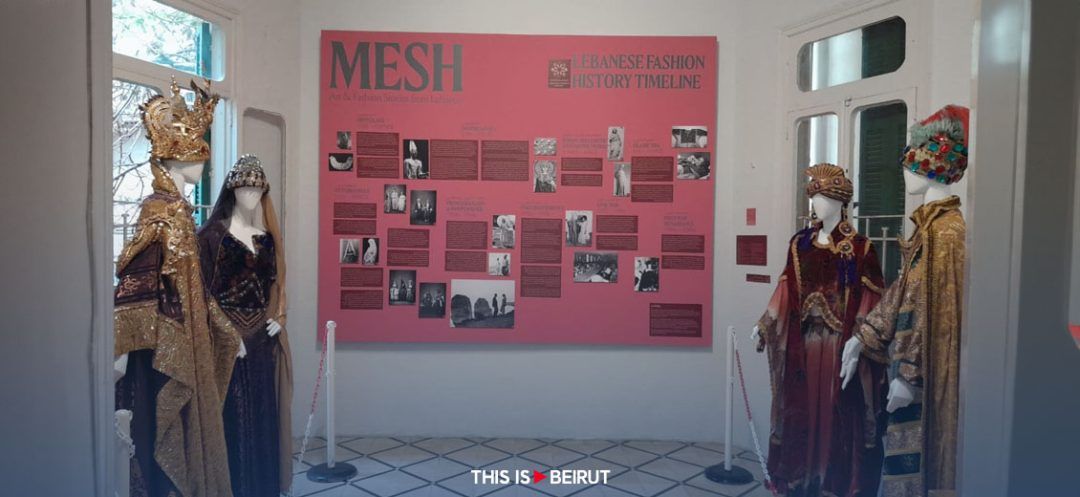
As the vibrant city of Beirut prepares to bid farewell to the groundbreaking MESH exhibition, art enthusiasts and fashion aficionados alike are flocking to Zico House for one final immersion into the rich tapestry of Lebanese culture. Running until April 28, 2024, this avant-garde group exhibition has been a true celebration of the symbiotic relationship between art and fashion, highlighting their cultural significance through a diverse display of artworks, installations and fashion pieces by various talented artists.
MESH has successfully achieved its objectives of showcasing the confluence of art and fashion in Lebanon, emphasizing aesthetics, identity and history. By fostering dialogue and engagement on the evolving dynamics of Lebanese art and fashion, the exhibition has enhanced public appreciation for Lebanon’s cultural heritage while supporting local artists.
The exhibition has catered to a wide audience, including the general public with interests in culture, art and fashion, academic communities, art and fashion industry professionals and cultural tourists seeking to explore Lebanon’s rich heritage.
Visitors to MESH have been treated to a diverse array of artworks, installations and fashion pieces, each telling a unique story of Lebanon’s cultural legacy. Engagement activities such as guided tours, workshops and roundtables have allowed attendees to delve deeper into the themes and techniques showcased in the exhibition.
The pop-up store has been a popular attraction, offering visitors the opportunity to take home a piece of the MESH experience through unique items from participating brands like ATHR, FANQARAWI, Shamsee and Stella Jewelry.
The success of MESH is a testament to the dedication and expertise of its talented team, including:
—Ranine el-Homsi: Art Curator
—Ghalia Khalili: Visual Identity and Exhibition Designer
—Joe Chahine: Financial and Logistics Manager
—Mayassa Mehdi: Digital Social Media Manager
—Nour Khairallah: Cultural Mediator
Group Artworks: A Fusion of Past and Present
The group artworks presented at MESH have been a highlight of the exhibition, each offering a unique perspective on the intersection of art and fashion in Lebanon.
Group 1: Sailing With the Wind
Installation with video projection and sound
Elio Haddad, Hanine Abdel Rahman, Loulou Bissat, Hayat Nazer
Cotton fabrics, representing the sails of a Phoenician ship, are installed flowing on a frame, with a projection showcasing different aspects of the Phoenician era including their alphabet, purple dye, garments and a map tracing their trade routes. The concept of the installation evokes Phoenician travels, using fans to give a sense of movement, as the Phoenicians were renowned seafarers. As artists from diverse backgrounds, they embody the Phoenician expertise that made them exceptional travelers and traders. The installation incorporates elements like painted Phoenician letters, a sketched trade route map, a garment with accessories, a poem and video projections synchronized with sound.
Group 2: Nameless Figures, Rebel Codes
Photography, multimedia elements—40x50 cm with frame
Nour Choukeir, Elsn Lahoud, Rim Choucair, Moe Rida, Hala Saab
These four photographic artworks are an intimate collaboration exploring traditional costume elements, investigating their meanings and how they can be modernized. They evoke a rebel farmer from the Lebanese silk trade revolution of 1858 reclaiming her freedom and identity. The photographs also give a voice and body to the copper cast figurines from the Lebanese National Museum, acknowledging Lebanon's history of occupation and exploitation. By echoing Lebanese history in a fashion context, the artists acknowledge the loaded narratives and symbols within these garments and styles, essential for communal and national growth.
Group 3: Wafting Identity
Motion picture installation—4x4x4 meters room
Ralf Moussa, Youmna Kreidi, with the valuable help of Anna Bondavalli
This immersive installation depicts the continuous metamorphosis of feminine Lebanese identity, suspended between a glorious past symbolized by shimmering fabrics and the intimate struggle between the inner self and external societal pressures. The projection of a moving young woman assuming different poses is set against the backdrop of iconic Beirut landmarks, framed by a "barrier" that separates the public and private, reality and virtual life. The installation explores the fragmentation of the glossy LED screen, mirroring the subtle state of multi-lives weighing on the young woman's shoulders as she navigates societal judgment and validation.
Group 4: Fiber Fields
Sculptures: H:25/ w:20/ d:5, H:18/ w:20/ d:5—Landscapes: 80x50 cm each
Aya Abu Hawash, Mohamad Chalabi, Nour Khairallah
This collaborative landscape scene is influenced by the contemporary fashion aesthetics of the Bokja design studio, blending nature-inspired sculptures, intricate textile patchworks and intimate cutouts to create a scene reminiscent of home. Mohamad Chalabi's sculptural "Lemon trees" and figurines offer a natural, design-inspired element, while Nour Khairallah's patchwork textile landscapes draw inspiration from the works of renowned Lebanese painters Mostapha Farroukh and Omar Onsi. Aya Abu Hawash's cutout artwork further enhances the sense of an intimate, domestic space blending with outdoor landscapes.
Note that this project is an integral part of UNESCO's Creative and Cultural Industries (CCI) program. Its success is the result of numerous collaborative efforts. The artworks from this exhibition will subsequently be available on the Beyxart platform.
Don’t miss your last chance to experience this unique showcase of Lebanese art and fashion at Zico House before it ends on April 28, 2024.
For more info: https://publuu.com/flip-book/472545/1062263/page/23
MESH has successfully achieved its objectives of showcasing the confluence of art and fashion in Lebanon, emphasizing aesthetics, identity and history. By fostering dialogue and engagement on the evolving dynamics of Lebanese art and fashion, the exhibition has enhanced public appreciation for Lebanon’s cultural heritage while supporting local artists.
The exhibition has catered to a wide audience, including the general public with interests in culture, art and fashion, academic communities, art and fashion industry professionals and cultural tourists seeking to explore Lebanon’s rich heritage.
Visitors to MESH have been treated to a diverse array of artworks, installations and fashion pieces, each telling a unique story of Lebanon’s cultural legacy. Engagement activities such as guided tours, workshops and roundtables have allowed attendees to delve deeper into the themes and techniques showcased in the exhibition.
The pop-up store has been a popular attraction, offering visitors the opportunity to take home a piece of the MESH experience through unique items from participating brands like ATHR, FANQARAWI, Shamsee and Stella Jewelry.
The success of MESH is a testament to the dedication and expertise of its talented team, including:
—Ranine el-Homsi: Art Curator
—Ghalia Khalili: Visual Identity and Exhibition Designer
—Joe Chahine: Financial and Logistics Manager
—Mayassa Mehdi: Digital Social Media Manager
—Nour Khairallah: Cultural Mediator
Group Artworks: A Fusion of Past and Present
The group artworks presented at MESH have been a highlight of the exhibition, each offering a unique perspective on the intersection of art and fashion in Lebanon.
Group 1: Sailing With the Wind
Installation with video projection and sound
Elio Haddad, Hanine Abdel Rahman, Loulou Bissat, Hayat Nazer
Cotton fabrics, representing the sails of a Phoenician ship, are installed flowing on a frame, with a projection showcasing different aspects of the Phoenician era including their alphabet, purple dye, garments and a map tracing their trade routes. The concept of the installation evokes Phoenician travels, using fans to give a sense of movement, as the Phoenicians were renowned seafarers. As artists from diverse backgrounds, they embody the Phoenician expertise that made them exceptional travelers and traders. The installation incorporates elements like painted Phoenician letters, a sketched trade route map, a garment with accessories, a poem and video projections synchronized with sound.
Group 2: Nameless Figures, Rebel Codes
Photography, multimedia elements—40x50 cm with frame
Nour Choukeir, Elsn Lahoud, Rim Choucair, Moe Rida, Hala Saab
These four photographic artworks are an intimate collaboration exploring traditional costume elements, investigating their meanings and how they can be modernized. They evoke a rebel farmer from the Lebanese silk trade revolution of 1858 reclaiming her freedom and identity. The photographs also give a voice and body to the copper cast figurines from the Lebanese National Museum, acknowledging Lebanon's history of occupation and exploitation. By echoing Lebanese history in a fashion context, the artists acknowledge the loaded narratives and symbols within these garments and styles, essential for communal and national growth.
Group 3: Wafting Identity
Motion picture installation—4x4x4 meters room
Ralf Moussa, Youmna Kreidi, with the valuable help of Anna Bondavalli
This immersive installation depicts the continuous metamorphosis of feminine Lebanese identity, suspended between a glorious past symbolized by shimmering fabrics and the intimate struggle between the inner self and external societal pressures. The projection of a moving young woman assuming different poses is set against the backdrop of iconic Beirut landmarks, framed by a "barrier" that separates the public and private, reality and virtual life. The installation explores the fragmentation of the glossy LED screen, mirroring the subtle state of multi-lives weighing on the young woman's shoulders as she navigates societal judgment and validation.
Group 4: Fiber Fields
Sculptures: H:25/ w:20/ d:5, H:18/ w:20/ d:5—Landscapes: 80x50 cm each
Aya Abu Hawash, Mohamad Chalabi, Nour Khairallah
This collaborative landscape scene is influenced by the contemporary fashion aesthetics of the Bokja design studio, blending nature-inspired sculptures, intricate textile patchworks and intimate cutouts to create a scene reminiscent of home. Mohamad Chalabi's sculptural "Lemon trees" and figurines offer a natural, design-inspired element, while Nour Khairallah's patchwork textile landscapes draw inspiration from the works of renowned Lebanese painters Mostapha Farroukh and Omar Onsi. Aya Abu Hawash's cutout artwork further enhances the sense of an intimate, domestic space blending with outdoor landscapes.
Note that this project is an integral part of UNESCO's Creative and Cultural Industries (CCI) program. Its success is the result of numerous collaborative efforts. The artworks from this exhibition will subsequently be available on the Beyxart platform.
Don’t miss your last chance to experience this unique showcase of Lebanese art and fashion at Zico House before it ends on April 28, 2024.
For more info: https://publuu.com/flip-book/472545/1062263/page/23
Read more


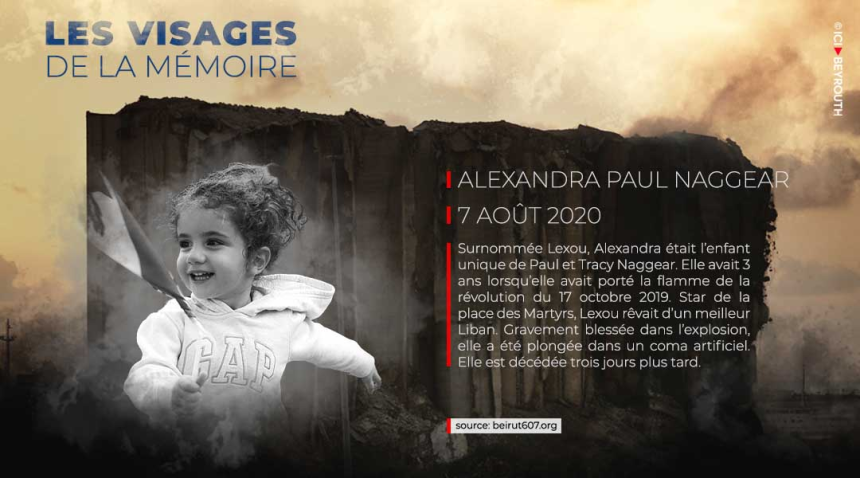
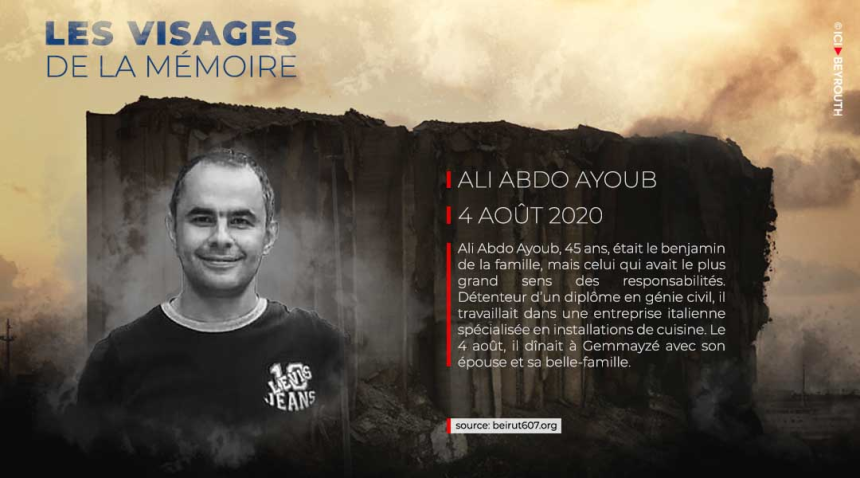

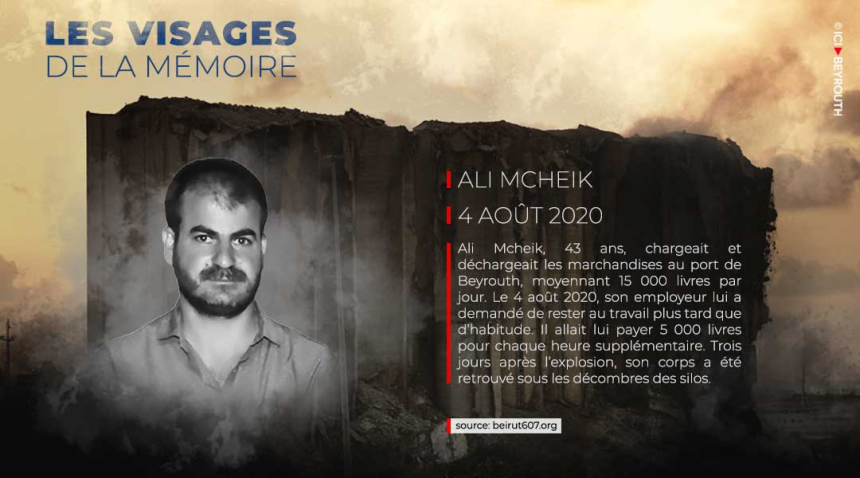
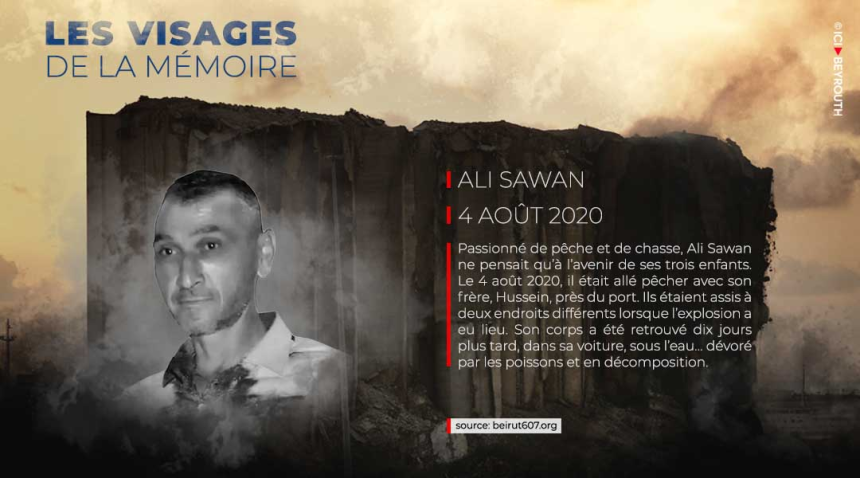



Comments